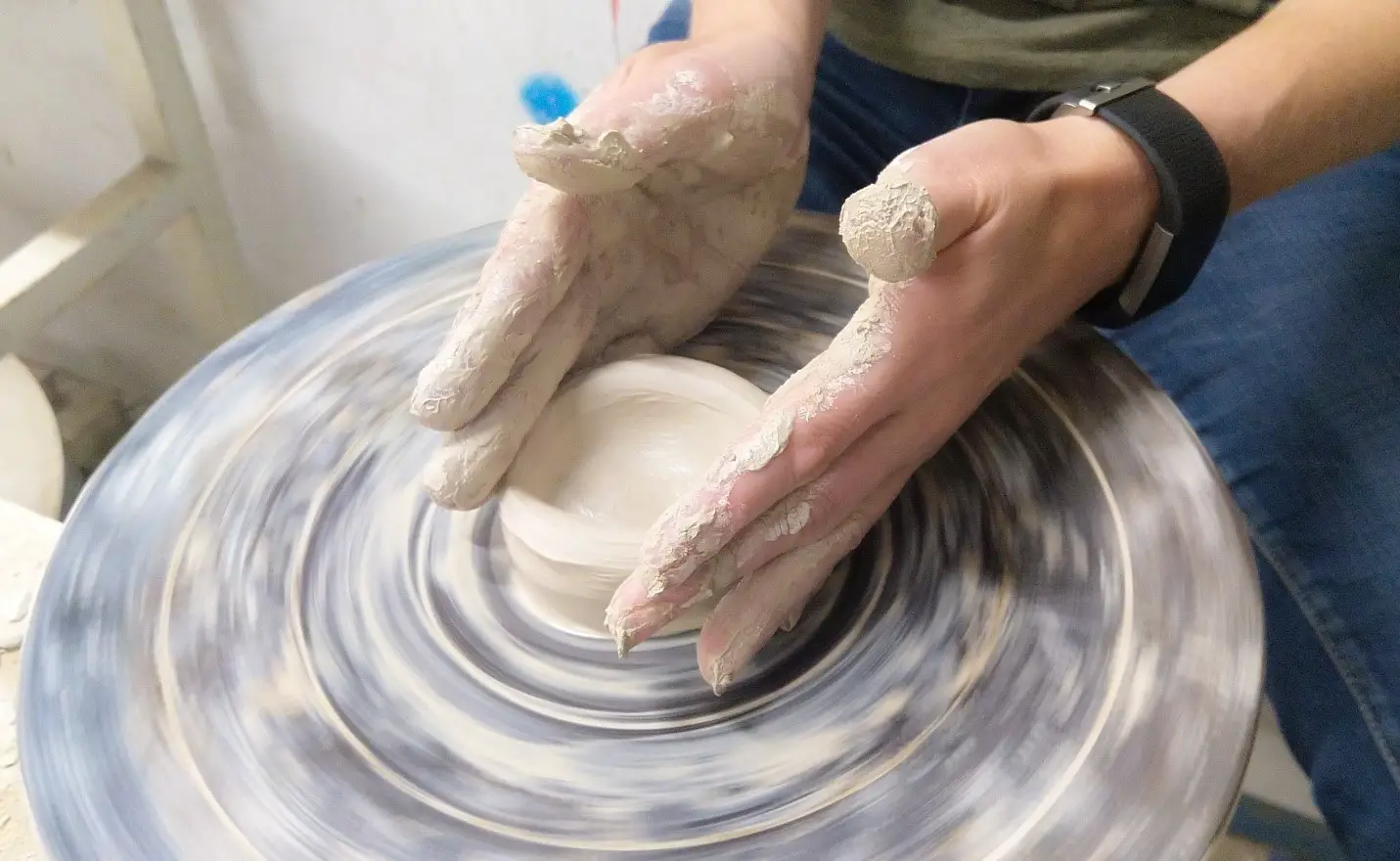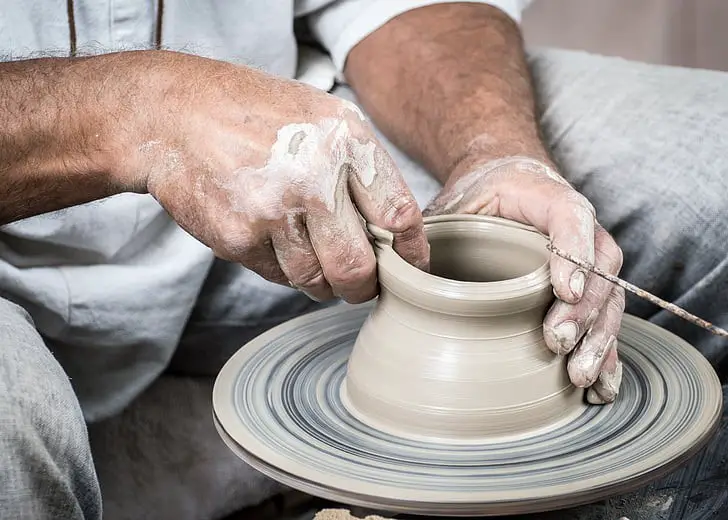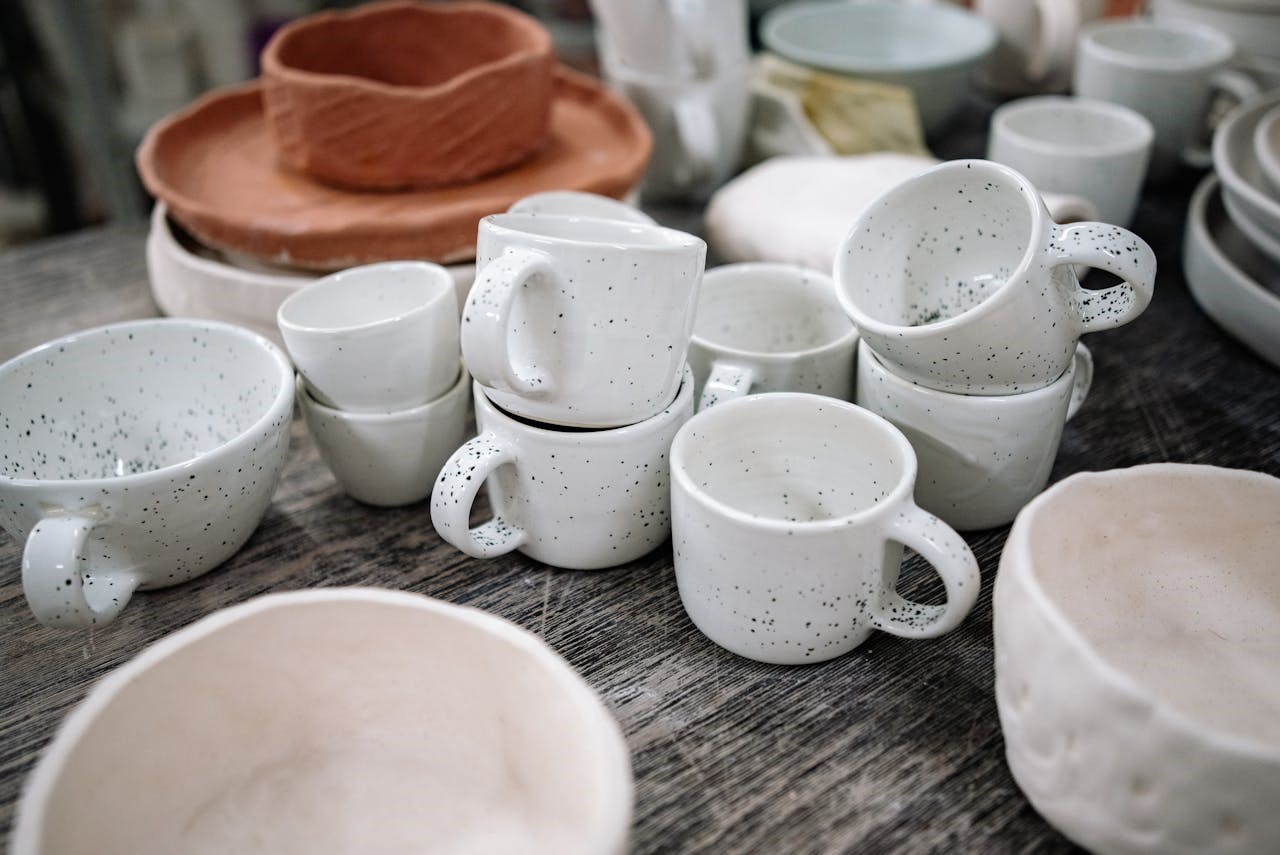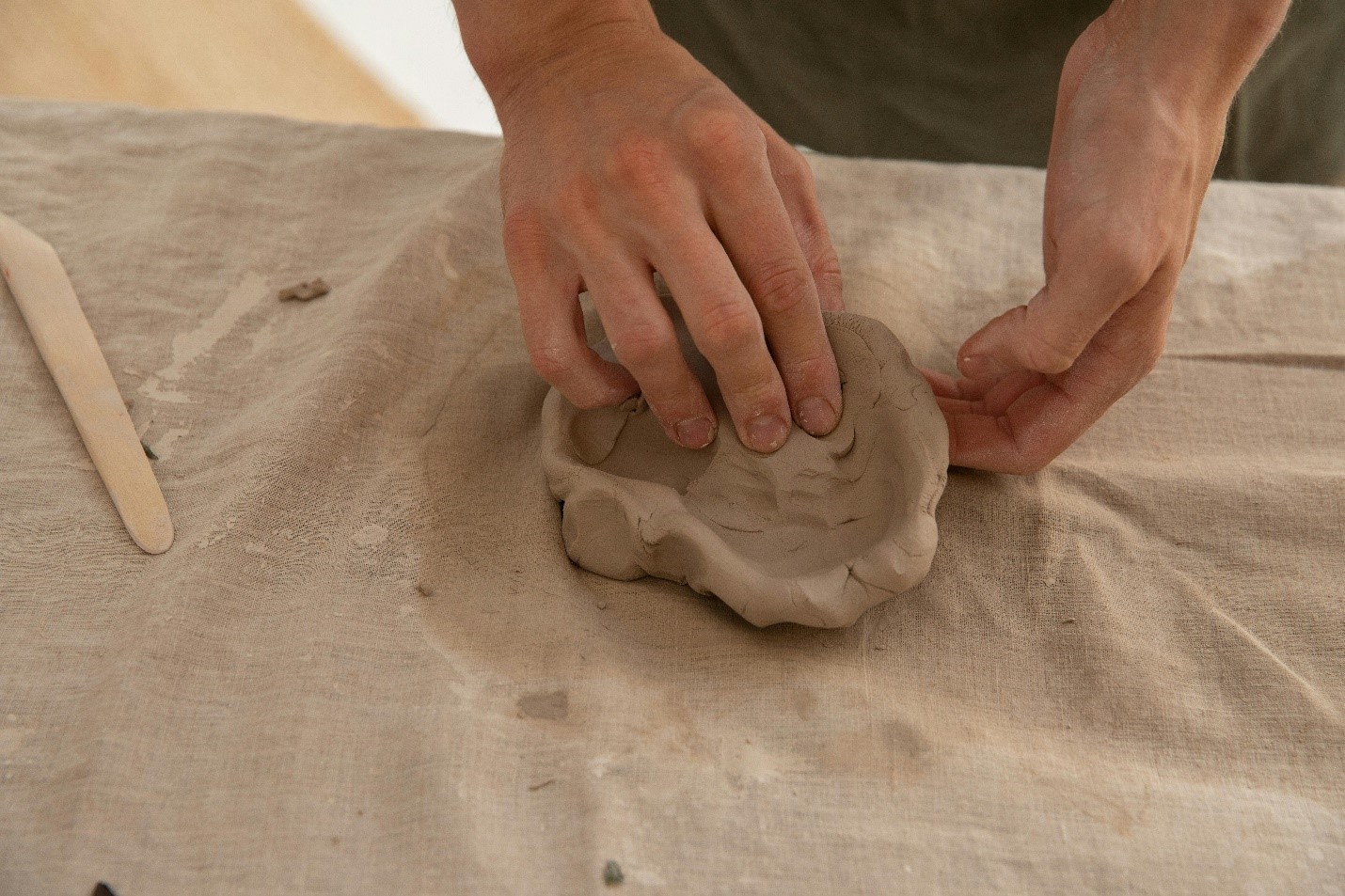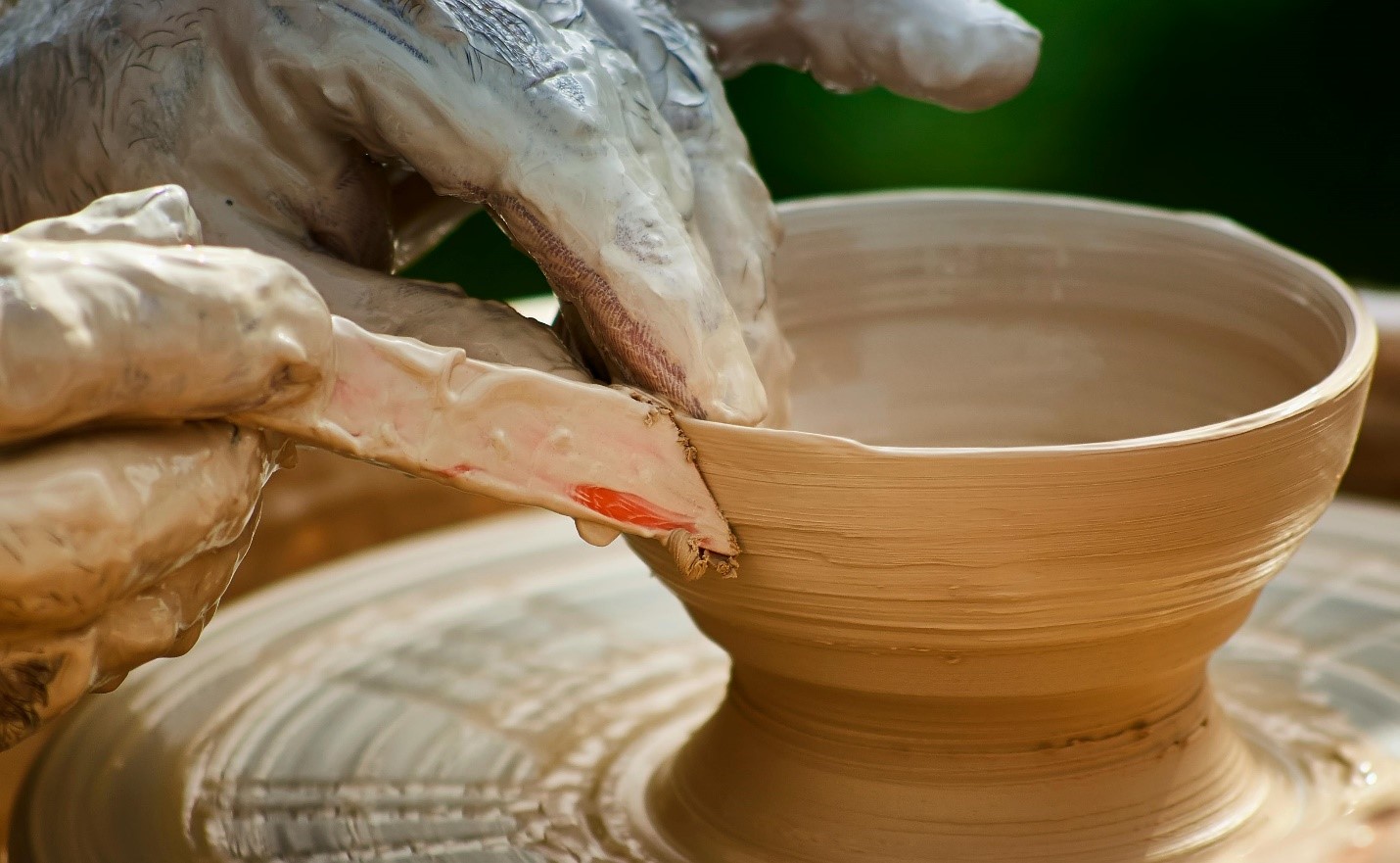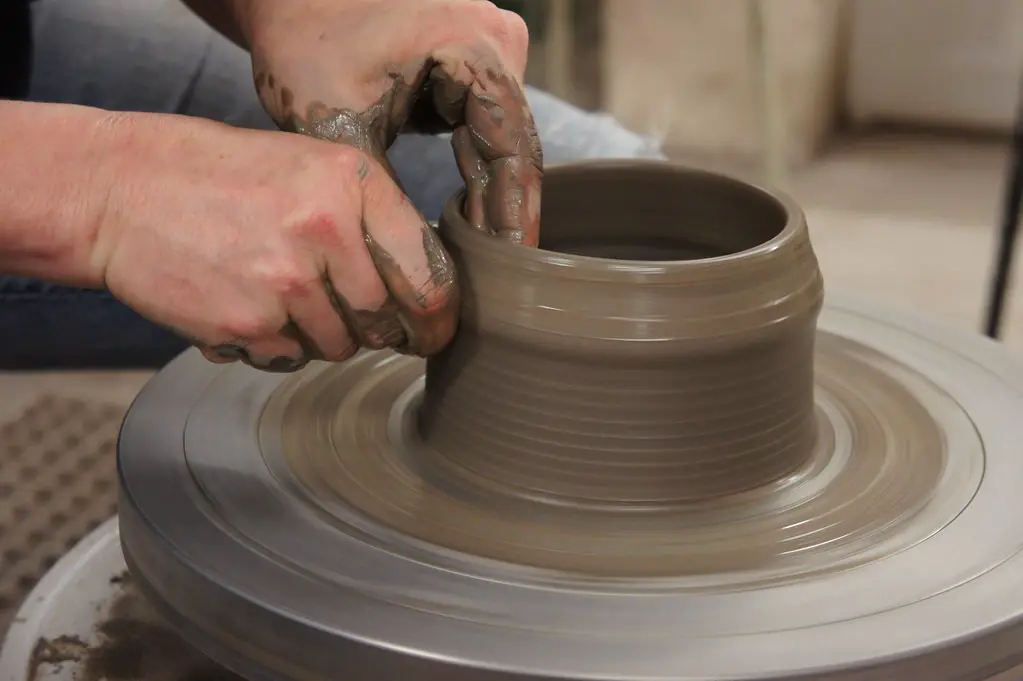Are you ever able to forget the earthy smell of clay? When you inhale, you can sense the aroma of summer rain every time. They are found to be one of the great natural scents of the earth. Similar to the grass, the clay smell is lush and fresh. It’s kind of a relief as you start using them regularly. So, whenever you are back from a long day or after your exercises, drinking water from these clay vessels, can give you contentment: a greater satisfaction or a sign of flourishing life.
But there can be a time when you are unable to tolerate the smell of clay vessels. It is not so familiar, but there is a possibility of an odd smell in the clay vessels. Most people are taken aback by the smell, and hence they do not want to use it ever again. Mainly, many people choose to buy the clay for the scent that has been attracted or expected the smell to give you a distinctive aroma. However, it is disappointing when they don’t smell the usual.
Clay might smell and stink for a handful of possible explanations. In this article, we will be talking in detail about the stinky smell of clay and how one can get rid of it.
How does clay smell?
The paper on the Nature of Argillaceous Odor is an investigation of the various natural scents available on earth, like moistened clay, sediments, rocks, and so on. There was a popular theory that the only source of these natural elements is from rainwater. Hence, they coined the term ‘Petrichor,’ which means the scent of rain. But later, the study proved that the rain does not seem to have any odor, which eventually proves that every natural element has its smell.
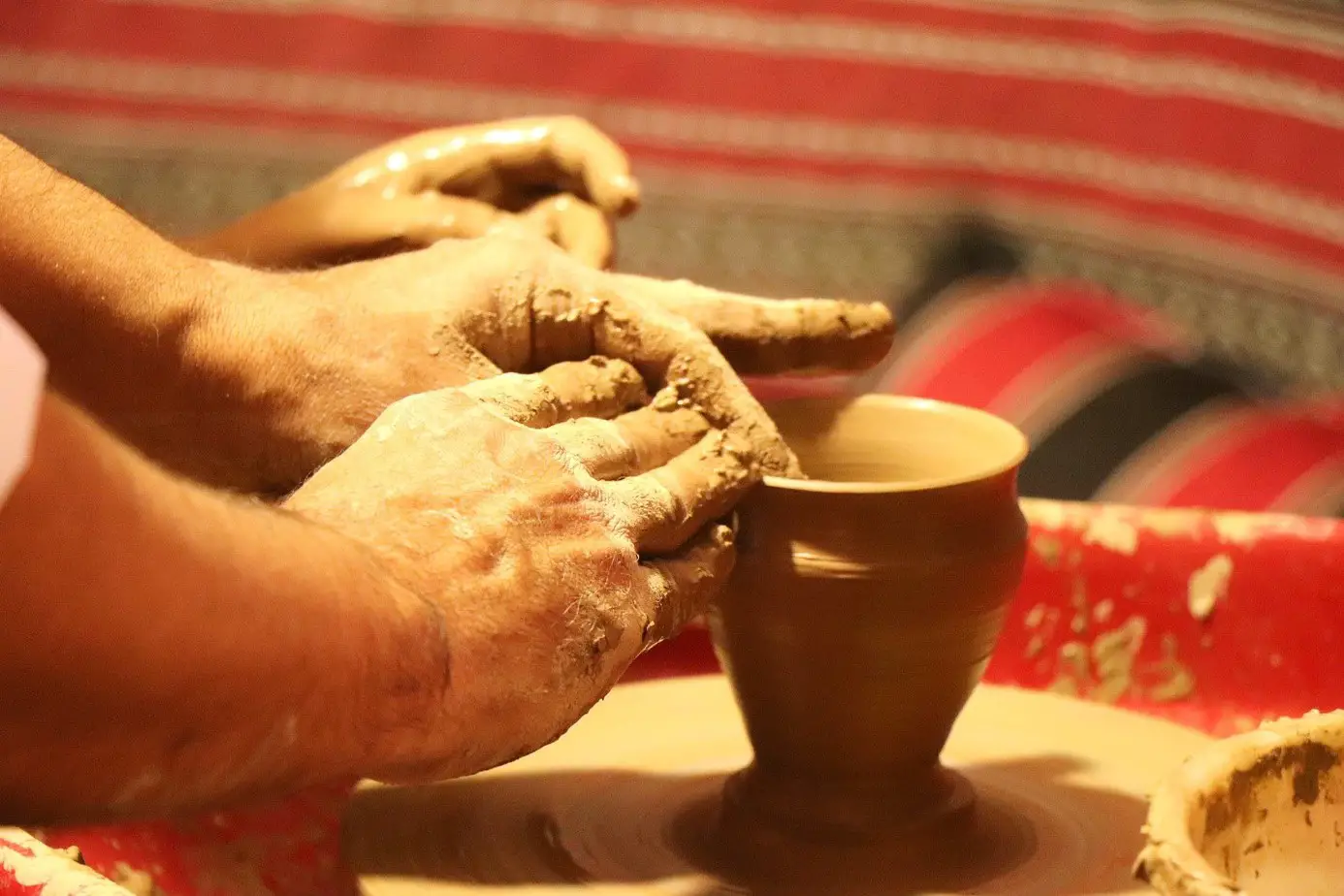
With the mineralogists on boards, the investigation proved that the smell of clay or any other natural substance of the matter does smell because of the different organic compounds present. These compounds are accumulated in the atmosphere and on the surfaces. When mixed using water, they offer an aromatic smell. The compounds also include bacteria called Geosmin. It is responsible for the earthy flavor of the clay. It gives the most pleasant and soothing aroma all the time.
Facts about clay smell
When the clay material comes in contact with water, its smell releases aerosols. The clay traps the air bubbles in its pores when water is filled in it, given its porous nature. A caked clay, thus, will eventually bubble and shoot water particles upward. It is called the aerosol fizz. It is a principle often observed in the context of champagne. The smell comes in this process of water particles getting shot upwards.
Bacteria accumulate on the surface of the clay. These keep growing and stockpiling for as long as the clay stays in contact with moisture. The intensity of the smell of the clay depends on how well the bacteria can accumulate in your vessel. These are usually good and not harmful to us. Hence, the scent shall stay while water is in your clay material.
The following table will help you understand the different types of smells in the different kinds of clay.
| Types of Clay | Type of Smell |
| Aged Clay | Smells earthy only when they are wet It is more plastic-smelly when it is dry and not used for a longer time. |
| Freshly made clay | An earthy smell can be sensed only on exterior surfaces The interior surface almost does not have a smell until they are wet |
| Plastic Clay | No earthy smell found When wet more or smells like freshly made clay |
When does the clay stink?
Before we even try to find out why the clay stinks, you should know that sometimes these smells occur naturally. Here are some of the critical reasons why the clay has an odd scent.
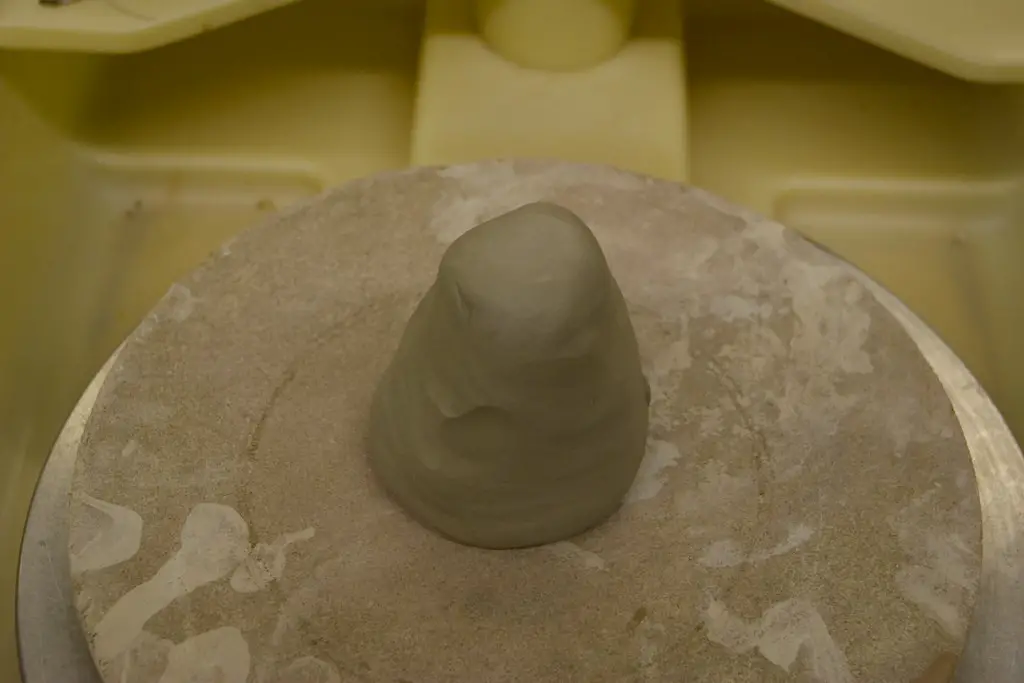
1. Contamination of Clay
Many of you think that clay cannot easily be contaminated. It depends on the surroundings and places, for these factors can contaminate the clay.
Because of bad surroundings, the clay can go bad, leaving a foul stench. For example, some substances in the surroundings react badly towards the hydrocarbon content of the clay. It causes the stinking. Hence, it can be rightfully said that the contamination of clay is a consequence of non-organic substances. It is essential to check the placement of your clay and not leave it in a place where it may be exposed to chemical compounds.
2. Stinks on Seasons
If you have clay that smells bad, you need not worry because even professional studios working with pottery clay find this issue as prevalent. They have found out that there are distinctions in the smell of clay pots and vessels. Even if sometimes there is no contamination, there may still be cracking or smelling after some time. Pottery specialists and artisans have conducted studies to describe this origin in certain parts of the clay.
It is frequently noted that during the spring season, there are great chances of pop-outs. The stench is often not limited to a specific piece of clay; it spreads throughout instead. It is especially possible when the smell spreads from the center of the clay. If left unattended, there can be structural issues. A surface glaze firing session shall put the clay right in place.
You will be surprised that only unused clayware is usually smelled during this season. The regularly used clays do not produce this type of smell ever.
3. EM Ceramics
It is one of the crucial things you might have forgotten to notice. You need to know whether you have purchased EM ceramics. They are made of fermented clay with Effective Microorganisms. The montmorillonite clay is chosen for treatment with the EM bacteria and then baked several times, which gives the best results. The actual smell of the ceramics is stinky, but they are highly efficient and usable materials. There are two types of EM ceramics. When these special clays are fermented with the EM and baked, they produce a different smell. Here is a table to help you understand the different smells you could experience when firing the different types of EM ceramics.
| Types of EM Ceramics | Temperature for Baking | Smell |
| Grey pipes | 1200°C | A mixture of pungent smell with the earthy substance |
| Rose pipes | 600°C | The burnt or smoky smell |
The EM organisms are usually photosynthetic bacteria that can work on the optimal level in the rose pipes, especially. Hence, the odor is maximum in the rose pipes. Even at the highest temperature, the smell never fades and is always retained. It is only because the bacteria in them are so healthy, and they multiply in numbers as you start using them. It is similar to standard clay. The stinky smell is retained as long as one uses it frequently.
Usually, EM ceramics have more applications, although. They are used to improve water quality. Effective microorganisms also contribute to human health. They are natural and, importantly, cost-effective revitalization for the water. Numerous optimum effects are combined with this type of ceramics. Hence, people prefer to use them.
How to Get Rid of the Clay’s Stinky Smell?
Based on proper study and research, it is easy to understand that the foul odor in clay is either a natural imperative or a cause of human actions. Removing it is challenging if it has been part of the process of the clay’s formation. For example, we cannot eliminate the smell caused by the organisms in EM ceramics. But these ceramics usually come with a cleaner or stench removed, which can do a sufficient job. Similarly, the stench smell may disappear if you use the earthenware completely.
The complaint is high, especially for the cookware materials made of clay. They want to remove the odor so the food does not smell bad. Honestly, the natural smell of clay does not bother the scent of your food. You can check that even clay cookware is adaptable for modern usage and might not have odors. But if you need to maintain them properly or are using the clay vessels without proper cleaning, then there is a chance that these will become a nightmare.
Our recommendation for the earthen cookware is to season them. Especially when you last used the clay pots a while ago, you must season them before you use them. The method is simple. Soak the clay pot in a water-filled sink for over 20 minutes. You can also leave it up to 2 hours for effective results. It will eventually bring moisture, especially to the inner surface of the vessels. The porous gets filled with water particles, improving the original smell. After this, you need to enable them to dry for some time. Later, fill the vessel 3/4 with water and heat it under low temperature in a stove pot for two hours.
You can follow this method whenever you want to cook or serve with clay vessels. You can sense the best and original odor of the clay materials only.
Conclusion
Everyone loves earthenware. It is unique & every potter has a story to tell. The clay materials have been an essential earthenware source for years together now. Hence, the smell that you get is not something new. Even when used in history, they all have been experiencing the stench of the clay. Avoiding the clay entirely for the blame of the smell or odor is inappropriate. Instead, you can take some preventive measures that can help you store them properly.
Never allow your clay materials to become entirely dry. Give them exposure to moisture. It will help them not only remove the bad smell but also become rigid and more durable. Preferably, once in a while, rinse them thoroughly and preferably dry them in bright sunlight.

